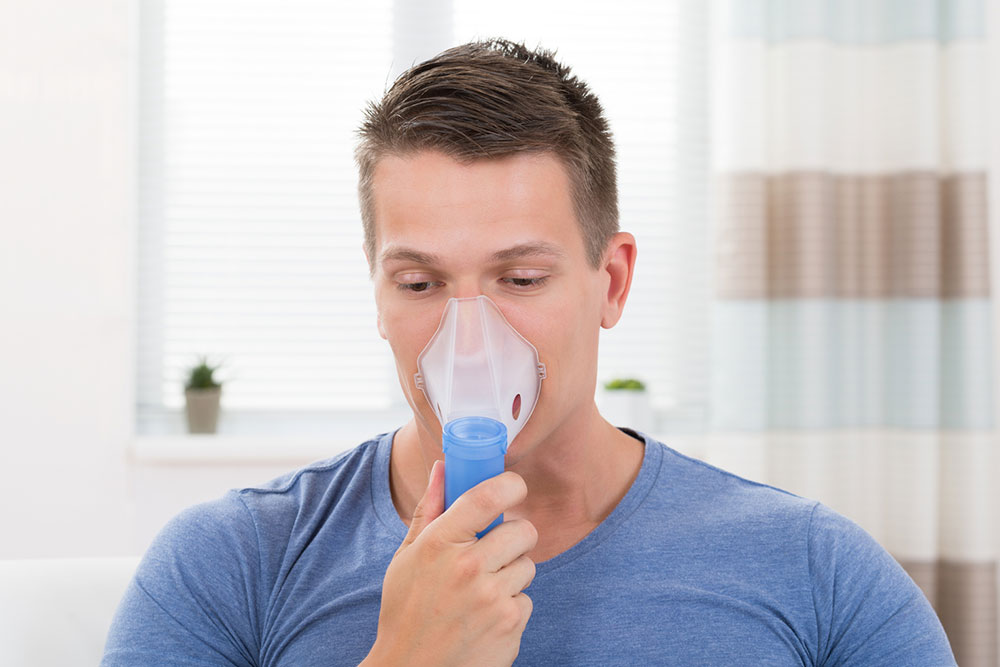Comprehensive Guide to Quitting Smoking and Your Journey to Healing
Quitting smoking offers immediate and long-term health benefits. This comprehensive guide details the timeline of health recovery after cessation, from stabilization of vital signs within minutes to significant reductions in cancer and heart disease risks after years. Understanding these milestones can motivate smokers to persevere through withdrawal and enjoy a healthier life, as the body begins to heal almost instantly following quitting. With support and determination, anyone can overcome tobacco addiction and enjoy lifelong health improvements.

Benefits of Quitting Smoking and How Your Body Starts to Heal
Smoking remains one of the most harmful habits globally, responsible for an estimated 480,000 deaths each year. Despite widespread awareness of its dangers, many individuals struggle to quit due to the addictive nature of nicotine and the habitual aspects of smoking. Whether influenced by peer pressure, stress relief, or other personal reasons, starting to smoke can quickly lead to a severe addiction that is difficult to break. Fortunately, countless people have succeeded in quitting, and the human body has an incredible ability to repair itself even after years of smoking. Understanding the health benefits and recovery timeline can serve as powerful motivation for those seeking to kick the habit.
The health advantages of quitting smoking are profound and begin almost immediately. Recognizing the milestones in healing can help reinforce your commitment to a smoke-free lifestyle. Each phase of recovery offers tangible benefits, from quicker heart rate stabilization to long-term reductions in risk for critical diseases such as cancer and heart disease. This detailed guide explores the various stages the body goes through after quitting smoking, emphasizing the importance of perseverance and support during this challenging but rewarding journey.
20 minutes after quitting: The initial changes happen rapidly. Heart rate and blood pressure stabilize, improving circulation. Your extremities, which often feel cold due to poor circulation during smoking, return to normal temperature, making you feel warmer and more comfortable.
8 hours after quitting: The level of carbon monoxide in your blood decreases significantly. Oxygen levels return to normal, enhancing brain function and muscle efficiency. Nicotine, responsible for many of the addictive effects, drops by over 93%, reducing cravings and withdrawal symptoms.
12 hours after quitting: Carbon dioxide levels normalize within the bloodstream. This reduces the strain on your heart and improves oxygen delivery throughout your body, aiding overall vitality and energy.
24 hours after quitting: You might start experiencing cravings, but resisting them greatly lowers the risk of a heart attack. Smoking causes damage to cholesterol levels and impairs blood flow, both of which begin to recover after quitting.
48 hours after quitting: Your lungs start to cleanse themselves of residual toxins. Sensory enhancements occur: taste buds recover, and your sense of smell becomes sharper. Withdrawal symptoms—such as irritability, anxiety, and difficulty concentrating—may peak around this time, so support from friends, family, or professional resources can be very beneficial.
72 hours after quitting: Lung capacity begins to improve noticeably. Breathing becomes easier, and overall energy levels increase as your respiratory system functions more efficiently.
2 weeks to 3 months after quitting: Blood circulation steadily improves, making physical activity easier and more comfortable. Lung function continues to enhance, and you might notice a reduction in coughs and respiratory discomfort, although withdrawal symptoms might still be present.
3 to 9 months after quitting: Persistent coughs subside as lungs clear out residual toxins. Cilia, tiny hair-like structures in the lungs responsible for cleaning out mucus and debris, regain normal function, reducing infection risk. Respiratory health is significantly improved, and breathing becomes much easier.
1 year after quitting: The risk of coronary heart disease drops by half compared to someone who still smokes. Overall cardiovascular health improves, contributing to increased energy and vitality.
5 years after quitting: The risk of stroke reduces to that of a non-smoker, and the chances of developing mouth and throat cancers decrease markedly. The body's healing process continues to strengthen as long as the individual remains smoke-free.
10 years after quitting: The likelihood of developing lung cancer is reduced by half, and risks for other types of cancer, such as throat, esophageal, and bladder cancers, diminish significantly. Lung function continues to improve, and overall health is markedly better.
15 years after quitting: The risk of heart disease and stroke aligns closely with that of someone who has never smoked, indicating full recovery potential. The body’s healing process crowns years of effort, rewarding the quitter with a significantly healthier life.
Understanding this timeline highlights the fact that quitting smoking is not just about immediate relief but also about long-term health gains. The human body starts repairing itself swiftly after cessation, giving hope and encouragement to those on the path to a healthier, smoke-free life. Every small step taken away from tobacco brings measurable benefits, making it a worthwhile pursuit for anyone committed to improving their well-being.





